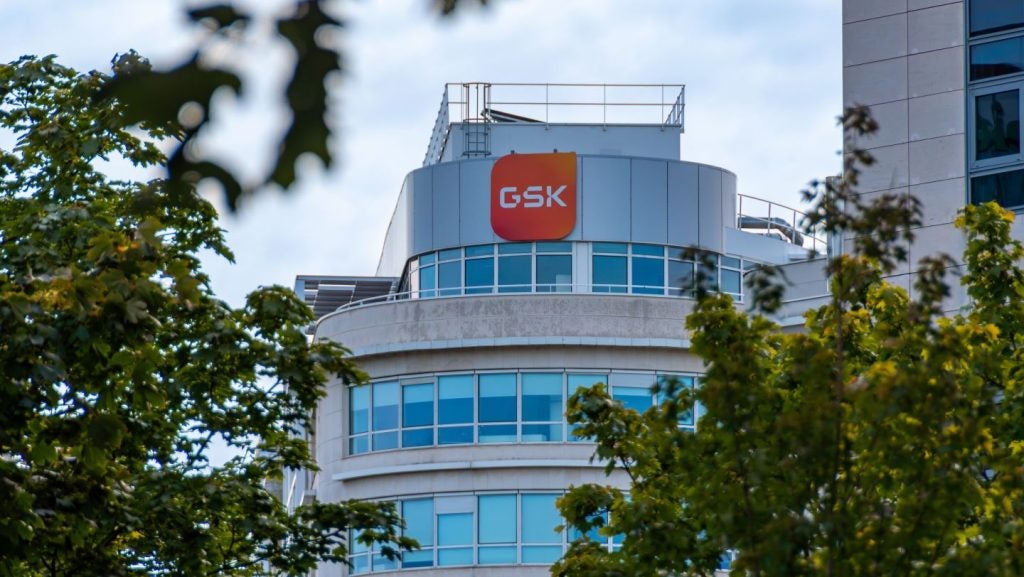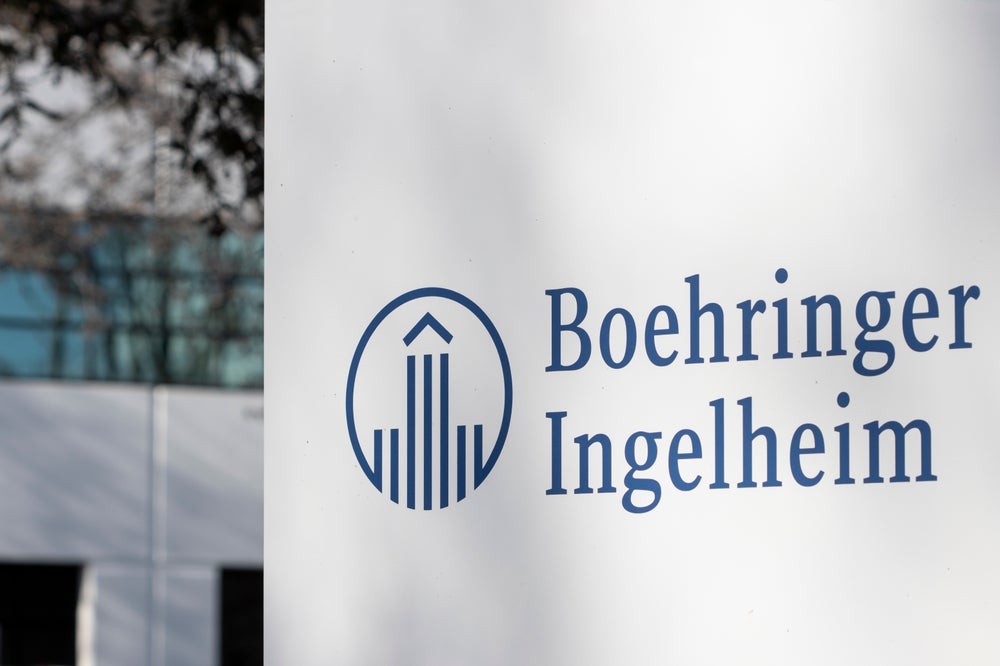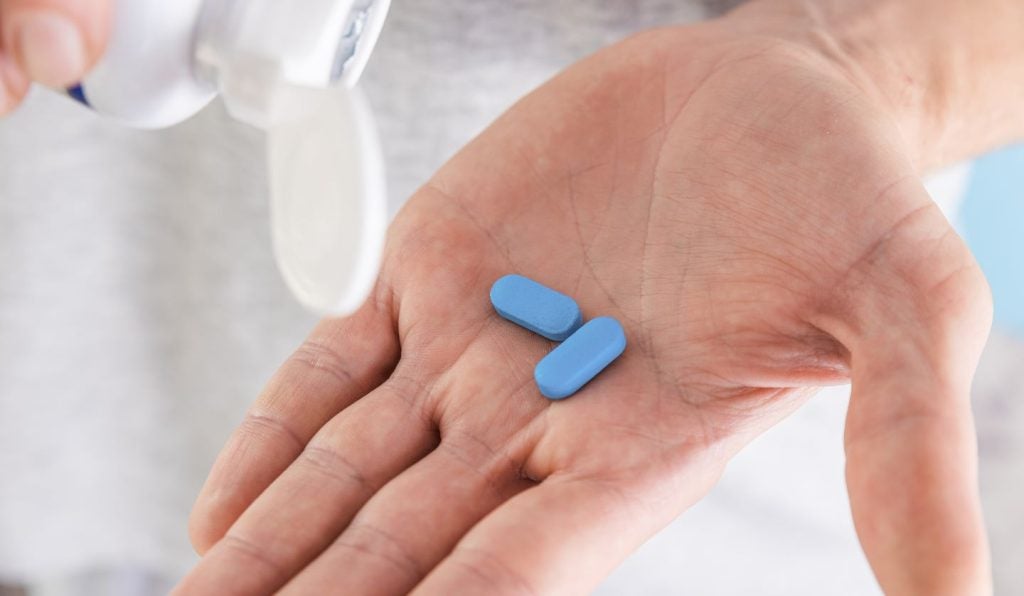The European Medicines Agency (EMA) has accepted for review GSK’s marketing authorisation application (MAA) for Blenrep (belantamab mafodotin), an antibody-drug conjugate (ADC), to treat relapsed or refractory multiple myeloma (r/r MM).
The ADC is intended for use in combination with bortezomib plus dexamethasone (BorDex) or pomalidomide plus dexamethasone (PomDex).
The EMA's Committee for Medicinal Products for Human Use (CHMP) will now commence the formal review process.
The application is supported by interim data from the Phase III DREAMM-7 and DREAMM-8 clinical trials.
The DREAMM-7 trial enrolled 494 participants randomised to receive either the Blenrep combination or comparator drugs.
302 participants were part of the DREAMM-8 trial. All had prior exposure to lenalidomide, with a substantial proportion refractory to the drug.
The studies showed significant improvements in progression-free survival for Blenrep combinations compared to standard care, meeting primary endpoints.
The DREAMM-7 trial assessed Blenrep plus BorDex against daratumumab plus BorDex while DREAMM-8 trial evaluated Blenrep with PomDex versus bortezomib plus PomDex.
Although a positive trend in overall survival (OS) was observed, it was not statistically significant at the time of the interim analysis, and follow-up for OS is ongoing.
The trials also reported improvements across secondary efficacy endpoints, with the safety profile of the Blenrep combinations aligning with the known profiles of the individual agents.
GSK research and development global head of oncology and senior vice-president Hesham Abdullah stated: “The milestone reinforces the potential for Blenrep to redefine outcomes for patients with multiple myeloma at or after first relapse.
“We are working to bring Blenrep to patients as quickly as possible given the high unmet need and the clinically robust effects of the Blenrep combinations in the DREAMM-7 and DREAMM-8 phase III head-to-head trials.”
The latest development comes after GSK acquired Elsie Biotechnologies for $50m to unlock the potential of oligonucleotide therapeutics.















